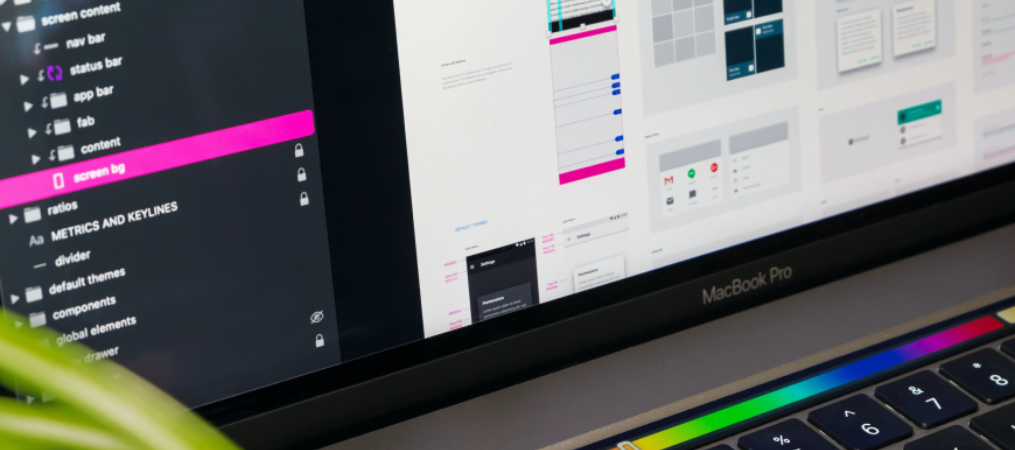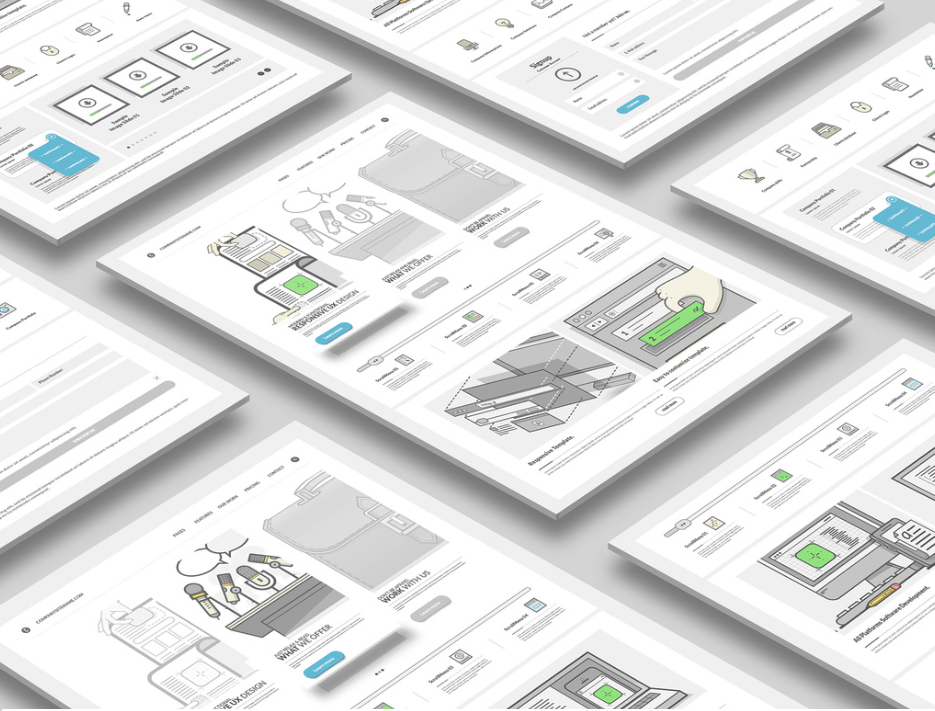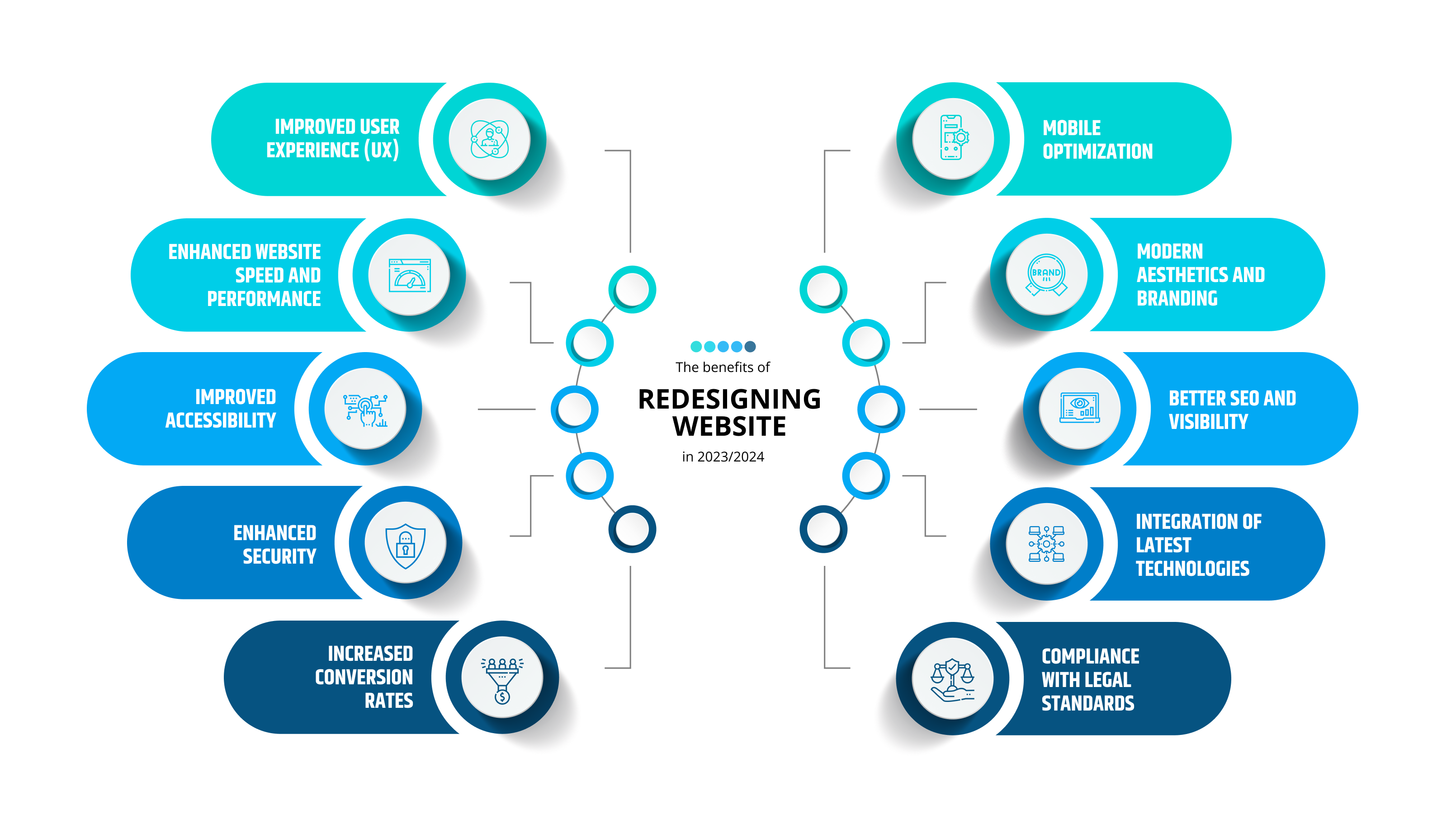
Website redesign has been our bread and butter for decades, but the days when it was mainly a cosmetic makeover are long gone. Today, when we talk about website redesign, we focus on user experience, functionality, conversions, and revenue growth. Your website is a powerful tool that can either drive business or hold you back by missing opportunities to adopt new functionalities and technologies. In this blog post, we address why and when your website needs either a visual redesign or a full revamp.
First thing first, let's clarify what we mean by 'website redesign.'
The term' website redesign' is broad and can encompass many aspects. When people hear 'redesign,' the immediate thought is often a change in the look and feel of a website. However, in the era of rapid digitalization, a website redesign goes far beyond mere aesthetics. It involves many areas extending well beyond its appearance, and different types of redesign serve a specific purpose.
Types of redesign
- Visual redesign. It is the most relatable type that primarily focuses on aesthetics, the look and feel of your website. Think of it as refreshing your home interior. It's like changing the wall colors, adding creative touches to your rooms, and replacing some furniture elements without changing the fundamental layout. The primary objective of visual redesign is to revamp the appearance by refreshing existing visual elements like fonts, color schemes, images, and logos. In the design world, we call it UI (User Interface).
- A functional redesign. This change goes beyond appearances and focuses on enhancing the user experience (UX). It encompasses areas such as navigation, website layout, responsiveness, and functionality. The goal of this type of redesign is to make it faster and easier for different types of users to find information and perform specific functions. For example, if your website is not fully accessible across all devices, it involves enhancing functionality to accommodate all content elements to various screens and sizes automatically.
- Tech redesign. It involves updating technologies, improving content, integrating AI tools like chatbots, or enhancing overall web website performance. It doesn't impact the visual interface or user pathways but focuses on core functionality enhancements.
When web enhancements cover all three areas, you might consider redesigning the website.
Whether you pursue a visual redesign, update technology, or integrate new tools, you should always ask questions such as: What is the goal? What am I trying to achieve? Will it bring value to my audience and business?"

When you need a website redesign
While the idea of website redesign can be exciting and promising, it can also be a resource-intensive and demanding exercise. At Convergine, we use a set of criteria to help us assess and advise the necessity of a website redesign. Furthermore, since technology advances at a rapid pace, your website lifespan becomes shorter than you think. In some cases, it can reach up to 3 years only. It means it is important to understand industry trends, changes in technology, and customer behavior and consider website redesign in the context of long-term business goals and customer needs.
Here is a list of criteria to help you understand if your website needs some work.
- Poor performance
From slow loading times and broken links to low traffic, high bounce rates, and functionality issues - all of this impacts your website performance and can deter your visitors.
While routine maintenance and upgrades can often address these problems, it's essential to take a holistic approach rather than focusing on individual parts or isolated performance issues.
- Rebranding
A website redesign must constantly be realigned with the new brand identity when your business is undergoing a rebranding journey. Usually, it involves visual and content redesign to ensure it conveys the right message, voice, and tone, along with visual supporting elements, such as a new logo and other brand elements.
- Outdated design
You can't hide an outdated website; your customers will be the first to make it evident. When there are high bounce rates, no interactions, conversions, web registrations, or engagement, this is a clear call to action toward the website enhancements.
- New services or lines of business
When your business evolves, offering new products or services, your website should reflect these changes. From adding or removing pages and refreshing content to building new functionalities to showcase your new offerings effectively, make sure your redesign covers every business addition.
- Not mobile responsive
If your website is not responsive and accessible across multiple devices, it's a big red flag to hurry up and enhance it. In 2023, when more than half of users worldwide use their mobile phones to purchase products and services, it's absolutely necessary.

Key steps towards website redesign
Starting a website redesign can be daunting, but don't worry. With a structured approach and the right web development partner, you can achieve the desired outcome efficiently. Here is a list of recommended steps to help you understand the process from A to Z.
- Define your goals. As always, it starts with what you want to achieve or what your objectives are. Whether it's improving user experience, increasing conversion rates, or refreshing your brand identity, having well-defined goals accounts for 50% of success in the entire process.
- Analyze your current website. These steps will help you understand your website's performance, what works and what does not. They guide data-driven decisions about what needs to be done. An SEO audit and heatmaps are useful tools to analyze the website's performance user behaviors, and identify gaps.
- Explore current user journeys. It is important to understand how users navigate your website, from when they land on the homepage to expected conversion points. Identify pain points and areas that need improvement to create a more seamless user experience. This is when UX redesign comes into play.
- Redesign strategy. Once you've defined your goals and assessed your website's performance and user experience challenges, you can determine the most suitable redesign strategy for your needs.
- Find the right partner. Website redesign can encompass multiple stages, from UX analysis to front-end development and an experienced company will recommend appropriate solutions and guide you through all of the design stages. When selecting a web development agency, ask for their portfolio, similar case studies, the technology they use, and expertise in addressing similar business needs.
Final thoughts
Whether you already meet some of the criteria suggesting that your website needs a redesign or are currently identifying areas for improvement, questions may arise, and expert advice may be necessary.
From a brief consultation to a comprehensive audit and ongoing development support using the best industry tools and practices, you can contact us anytime to ensure you have all the answers you need for the next steps. As a Microsoft and Craft CMS Verified Partner, we have vast expertise and experience to help you find the right website redesign solution.
Don’t let your website be the weak link in your business strategy. Contact us for a no-obligation consultation and start your journey towards a website that not only looks good but performs brilliantly.








